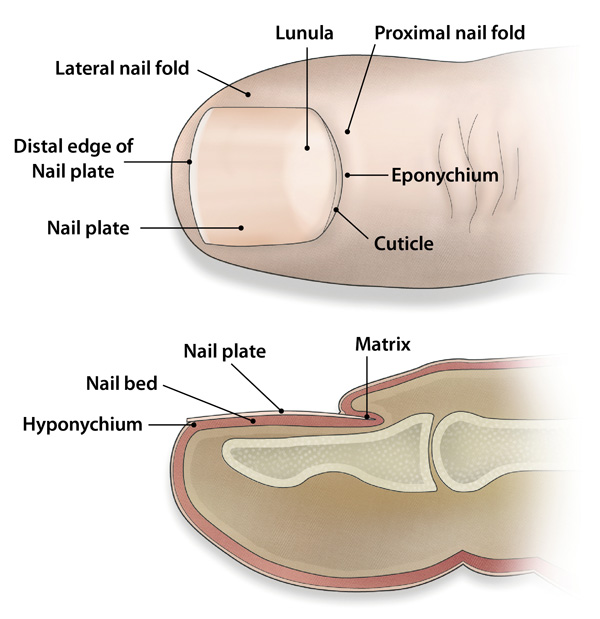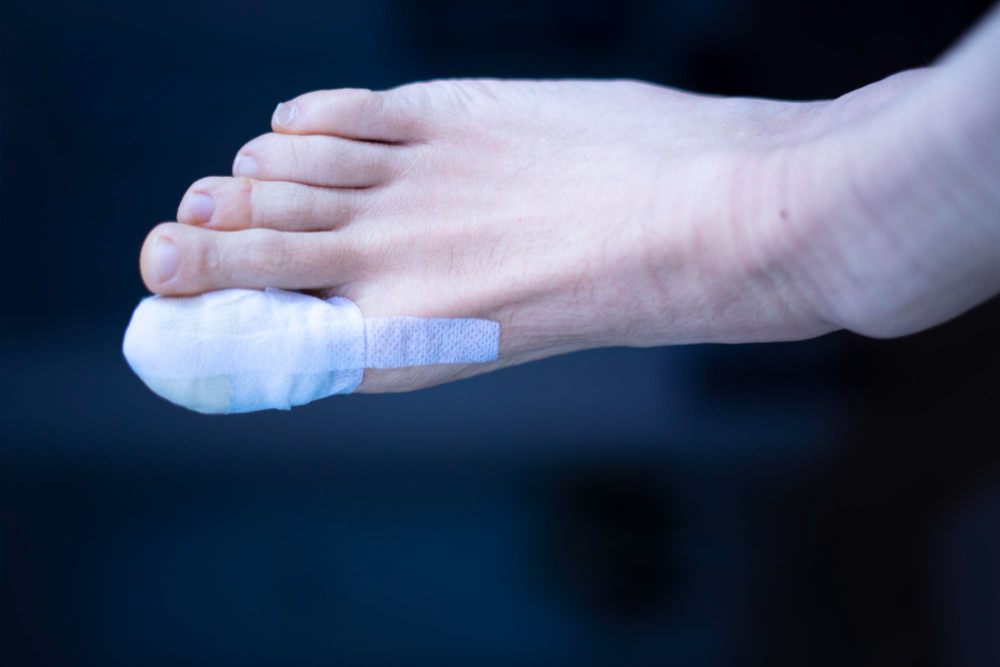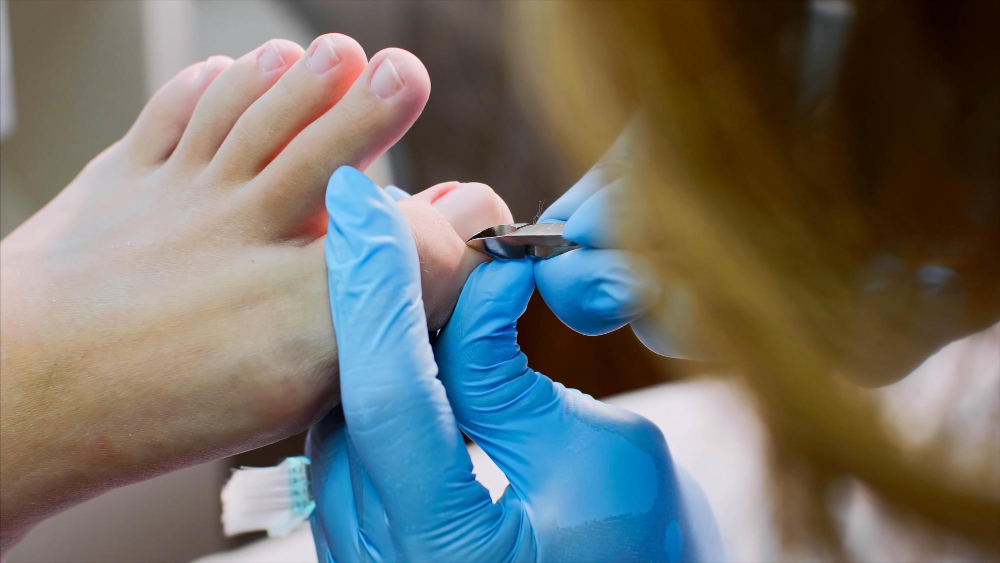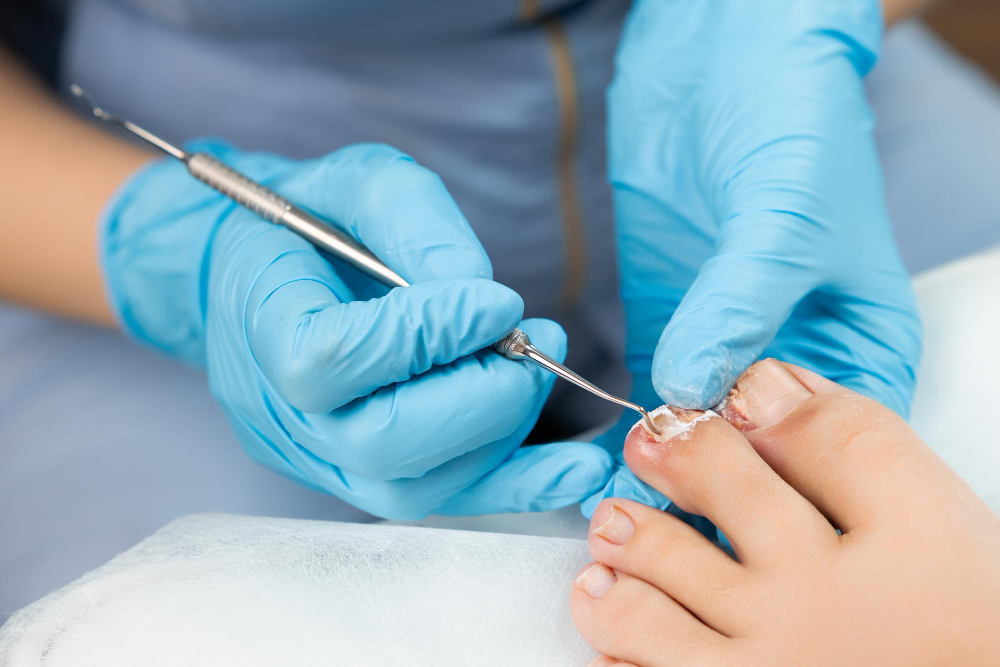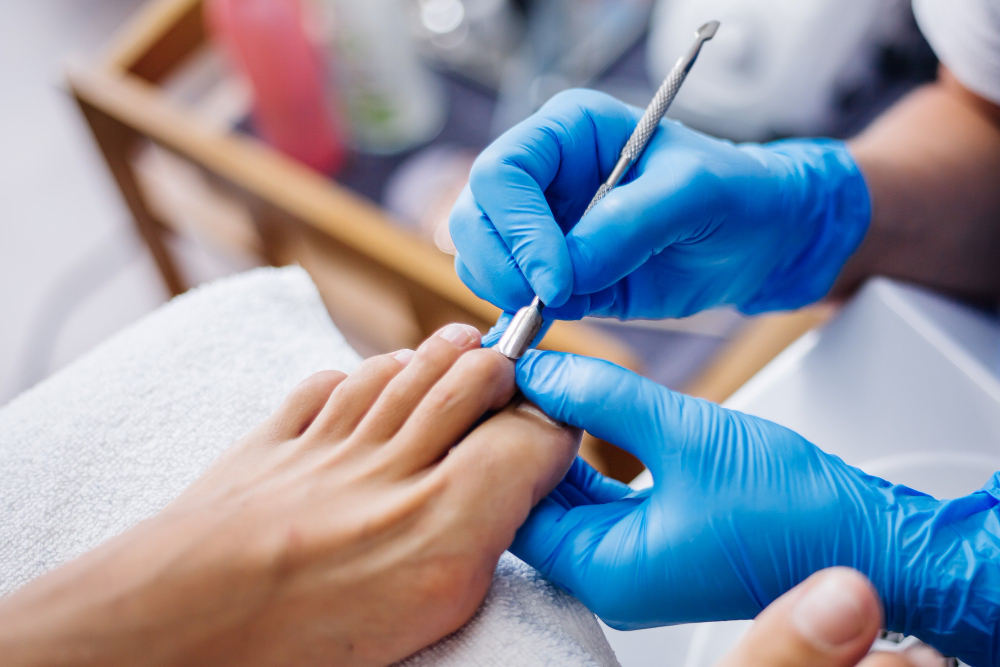Essential Tips For A Smooth Recovery At the Nail Surgery Clinic Dublin
Undergoing toenail surgery, whether for an ingrown toenail, fungal infection, or other nail conditions, is a significant step toward improving your foot health. At The Nail Surgery Clinic, Dublin, we understand that the recovery process is just as crucial as the procedure itself. Proper aftercare ensures that your toenail heals correctly, reduces the risk of infection, and minimizes discomfort. Here’s a comprehensive guide to toenail surgery aftercare to help you achieve the best possible outcome.
Immediate Post-Surgery Care
Rest and Elevation: After your surgery, it’s essential to rest and avoid putting pressure on the affected foot. Elevate your foot above heart level for the first 24 to 48 hours to reduce swelling and promote healing. This can be achieved by lying down with your foot propped up on pillows.
Pain Management: Some discomfort is normal after toenail surgery. Over-the-counter pain relief, such as paracetamol or ibuprofen, can help manage any pain you experience. Be sure to follow the dosage instructions provided by your doctor. If the pain persists or worsens, contact FootCare Clinic Dublin for further guidance.
Bandaging: Your foot will be bandaged after the procedure to protect the surgical site and keep it clean. It’s important to keep the bandage dry and intact for the first 24 to 48 hours. Avoid walking barefoot and try to minimize movement as much as possible during this period.
Dressing Changes and Wound Care
Changing the Dressing: After the initial 24 to 48 hours, you may need to change the dressing on your toe. Before doing so, ensure that you have clean hands and use sterile materials. Gently remove the old dressing, being careful not to disturb the wound, and replace it with a fresh, sterile dressing as instructed by your podiatrist. At The Nail Surgery Clinic, we provide detailed aftercare instructions, including how often to change your dressing and what signs to watch for.
Cleaning the Wound: Keep the wound clean and dry to prevent infection. Once your podiatrist gives the go-ahead, you can gently clean the area with a saline solution or warm water. Avoid using harsh chemicals, soaps, or ointments unless prescribed. Pat the area dry with a clean towel or gauze.
Moisturizing the Surrounding Skin: While you should avoid applying any creams or ointments directly to the surgical site, it’s important to keep the surrounding skin moisturized to prevent dryness and cracking. Use a gentle, fragrance-free moisturizer around the area to keep the skin soft.
Monitoring for Infection
Signs of Infection: Although toenail surgery is generally safe, it’s important to be vigilant for signs of infection. Symptoms to watch for include increased redness, swelling, warmth, pus or discharge, and worsening pain. If you notice any of these symptoms, contact FootCare Clinic Dublin immediately for further evaluation and treatment.
Follow-Up Appointments: Attending your scheduled follow-up appointments is crucial for monitoring your healing progress. During these visits, your podiatrist will assess the surgical site, remove any remaining sutures if necessary, and address any concerns you may have. These check-ups are vital to ensuring a smooth recovery.
Resuming Normal Activities
Gradual Return to Activity: After toenail surgery, it’s important to ease back into your normal activities. Avoid strenuous exercise, running, or heavy lifting for at least one to two weeks, or until your podiatrist advises it’s safe to do so. Listen to your body and avoid activities that cause discomfort.
Footwear Choices: During the recovery period, it’s crucial to wear appropriate footwear that offers support and protection to your healing toe. Choose shoes with a wide toe box to avoid pressure on the surgical site. Avoid tight, narrow, or high-heeled shoes until your toe has fully healed.
Long-Term Foot Care
Nail Regrowth: In some cases, your toenail may regrow after surgery, depending on the procedure performed. It’s important to keep the area clean and continue with proper foot care to prevent future issues. If your toenail does not regrow, or if you had a partial nail removal, regular maintenance is key to preventing complications.
Preventing Future Problems: To reduce the risk of future toenail issues, practice good foot hygiene, wear properly fitting shoes, and avoid cutting your toenails too short or rounding the edges. If you’re prone to ingrown toenails, consider booking regular check-ups at our sister clinic, FootCare Clinic Dublin (footcareclinic.ie) for professional advice and care.
When to Seek Further Medical Attention
While most patients experience a smooth recovery following toenail surgery, it’s important to know when to seek further medical attention. If you experience severe pain, excessive bleeding, or signs of infection that do not improve with treatment, contact The Nail Surgery Clinic Dublin, immediately.
At The Nail Surgery Clinic Dublin, we are dedicated to providing the highest level of care, from your initial consultation to your full recovery. Our experienced team will guide you through every stage of the aftercare process, ensuring that you have the knowledge and resources you need to heal effectively.
Proper aftercare is essential for a successful recovery following toenail surgery. By following the guidelines provided by your podiatrist and staying in close communication with our team at Nail Surgery Clinic, you can minimize complications and ensure your toe heals properly.
Remember, the key to a smooth recovery is patience, care, and attention to detail. If you have any questions or concerns about your recovery, don’t hesitate to reach out to the Nail Surgery Clinic team. We are committed to helping you achieve healthy, pain-free feet.
